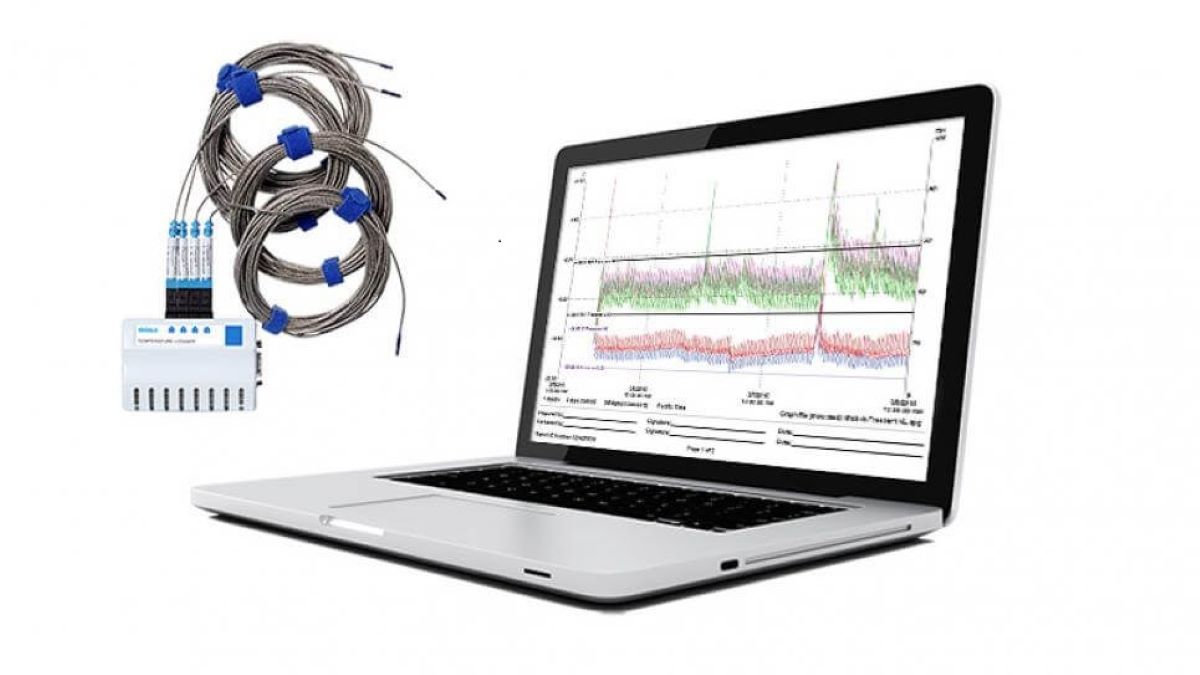Blogs
Chamber Mapping & Qualification
Introduction
In Chamber Mapping and Qualification we describe how mapping is used in the Pharmaceutical and Medical Devices Industries and the mapping service DACTEC provides.
Each market’s regulatory authority e.g., the FDA (Food & Drug Administration) in America, the HPRA (Health Products Regulatory Authority) in Ireland mandates the validation of environmental conditions that can affect the strength, identity, safety, quality, and purity of pharmaceuticals, medical devices, or biologics.
To meet these requirements for temperature and humidity, qualification of the chamber is required. In this blog ‘Chamber Mapping & Qualification’, mapping refers to checking the conditions inside a chamber in different positions and can also be over time. This can be done as temperature only or as temperature and humidity.
Qualification refers to testing and documentation that includes mapping. This can be done in a Climate Chamber, Temperature Chamber or Stability Chamber and is mostly done in the Pharmaceutical and Medical Devices Industries.
Use of probes
Up to a volume of 2000 litres, 9 probe positions are recommended in a DIN standard and at least 15 for volumes greater than 2000 litres.
The positions for 9 sensors are the 8 corners and the centre. For 15 probes the centre of the 6 surfaces is added i.e., 4 walls, floor and ceiling. All probes should be distant from the surfaces to give an accurate reading as here will be unpredictable air flow along these surfaces. The recommended distances are one tenth of the distance between opposite surfaces or not less than 5 cm for up to 1000 litres, not less than 10 cm for up to 2000 litres and not less than 15 cm for greater than 2000 litres.
Some calibration people also recommend placing a probe at the control probe(s) position but we feel that this is not relevant for the following reasons:
- There will often be an offset between the control probe and the test space centre as part of the manufacturing calibration adjustment.
- The conditions that the samples experience are what matters.
For temperature and humidity mapping it is possible to use multiple temperature probes and one humidity probe in the centre. You can calculate the humidity at the other probe positions as the vapour pressure will be constant throughout a sealed enclosure. We however use multiple temperature and humidity Vaisala probes. For more extreme temperatures we use Pt100 temperature probes. Obviously, the probes must be in (traceable) calibration and a 21CFR Part 11 system is preferred in the Pharma industry.
Procedures and Documentation
For a new chamber the documentation is called IQOQPQ (Installation Qualification, Operation Qualification and Performance Qualification). For an older chamber it is called IPV (Instrument Performance Verification). Mapping is part of that and will include accuracy, spatial mapping and if required temporal mapping. Accuracy is typically ensuring that the difference between the set point(s) and the average of the probes is within spec. Spatial mapping ensures that no one physical point is outside spec. Temporal mapping ensures that no one physical position goes out of spec. over a specified period – usually 24 hours.
Additional tests may be required such as a Door Open Test where the door is opened for approximately one minute and it is recorded how long it takes all probes to come back into, and stay within spec. Another optional test is a power failure test. This records how long it takes for the chamber to drift out of spec after a power failure. There are no manufacturer’s specs for a door open test nor a power failure test.
In the case of a stability chamber there may be only one condition to be tested e.g., 5⁰C or 25⁰C/60%RH. Some Customers want more than one to give them flexibility of use. On the other hand, a chamber used to qualify products during shipping may require multiple set points to be qualified.
We can offer our standard documentation or we can create a customised document/procedure for the specific requirements.
Specifications
ICH (International Conference on Harmonisation of Technical Requirements for the Registration of Pharmaceuticals for Human use) specs are ±2⁰C, ± 5% RH and ±3⁰C for the set point of 5⁰C. This is much broader than the performance of most manufacturer’s chambers, Weiss stability chambers are orders of magnitude better than ICH. The manufacturer’s specs. apply to empty chambers and although our chambers also achieve these specs., when loaded correctly Customers often qualify their new chambers empty and then loaded. Older chambers would usually be qualified while in use with samples inside them. ICH specs. may be used as acceptance criteria in that case.
More Information
You might also find the following blogs of interest:
- Stability Testing – An Overview
- What is Qualification in the Pharmaceutical Industry
- Calibration Equipment. What to Use and How to Get Them Calibrated
If you need advice or want help with your particular application or any queries about the points raised in ‘Chamber Mapping and Qualification’ please feel free to contact us.
If you would like more information about DACTEC’s service support, such as:
- Service Agreements
- IQOQ, IPV’s, Calibration and Validation
- Spare Parts and Consumables
- Installations
- Call-Outs
- Maintaining Your Chamber
Please click here.
See what our customers say about DACTEC on our Testimonial page.
For a full description of our offerings and a quote please contact us.

